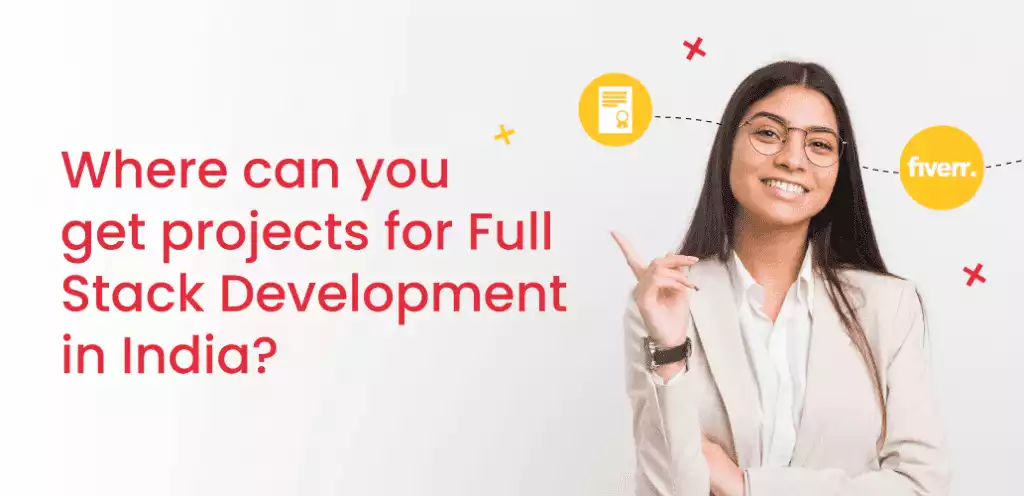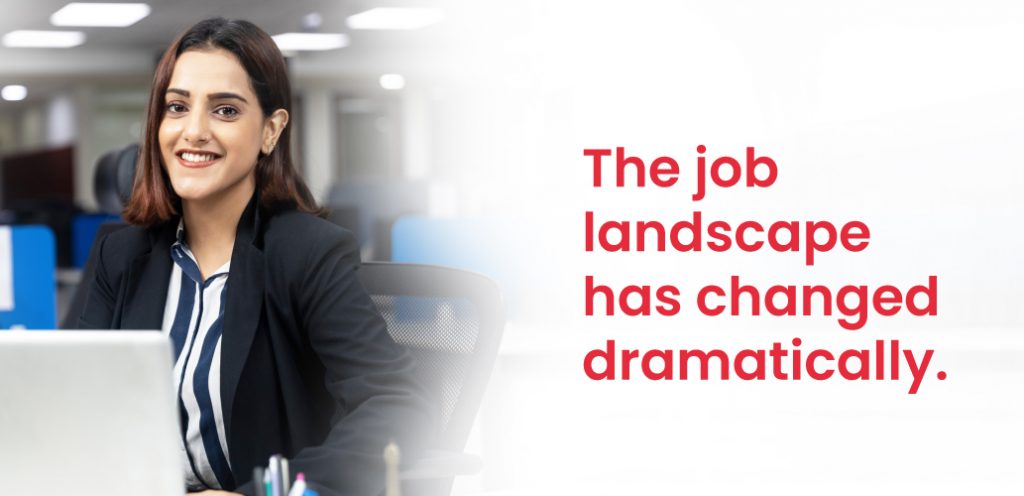It’s a rush, isn’t it? Developing that gorgeous front-end interface. Writing clever queries to fetch you the right answers from the database. Or coding a back-end program that pretty much sings to your tunes.
Full stack development, on most days, can satisfy your soul. But opportunities around full stack development may not always feel as such. The competition is huge; the industry needs are diverse and you may have your own constraints when it comes to working in an organisation.
So you may be thinking about starting on your own as a freelance full stack developer.
But before you take that leap, we have a few questions you should consider:
Who should freelance as a Full Stack Developer?

Freelancing is not everybody’s cup of tea. And for someone who has their first cup after 12:00 pm, freelancing may seem like a better option than working in a 9-to-6 shift. Even so, there are a few qualities a freelance developer must possess:
- Technical skills: This one is a no-brainer. You cannot start working independently until you possess the necessary expertise. As a freelance full stack developer, you should have a decent grasp of HTML, CSS, JavaScript, front-end frameworks like React and Redux, back-end applications like MongoDB and MySQL.
- Sticking to deadlines: This is Freelancing 101. Developers gain a bad reputation when they’re unable to stick to timelines. And managing timelines has a learning curve. Once you pick a few projects of your own, you will understand your own limitations and pace and will be able to accurately estimate timelines for a project.
- Knowing what the market wants: Coding skills alone won’t cut it. You must have a clear idea of what the market is currently on the lookout for. Fortunately, this part isn’t hard. Simply browsing the freelance portals (listed further below) will give you a fair idea about what the market is looking for in terms of skills, domain trends and so forth.
- An ability to market yourself: We cannot stress enough on the ability to market oneself. You should be able to convince clients exactly why you’re the right person for this project. Luckily, there are a great number of resources out there to help you come up with a good project pitch and communicate it effectively to a potential client. But remember — it can’t be all faff. It has to be backed by genuine work experience, the right credentials and the skills to see your project through.
How much can I make as a freelance full stack developer?

We’re sure this must have been the first question on your mind. But we deliberately put it here — for you need to have the mindset and qualities needed in a freelance full stack developer. However, once you have those, you’re in for a fruitful journey.
In India, a freelance full stack developer can start from Rs. 4 lakhs per annum, with less than a year of experience. Since India is the land of start-ups and SMEs, there is a wide range of opportunities for freelance developers to pick up projects. Freelance full stack developers, on average, can earn around Rs. 5.3 lakhs and in a few years, can go on to earn Rs. 24 lakhs.
As a freelancer, a full stack developer has the freedom to work with clients outside India, who usually pay higher, even up to a few lakhs per month.
Can I become a freelance full stack developer without experience?

It’s not particularly hard today to start your career as a freelancer. And here is where your marketing skills come into place. Can you demonstrate to your clients that you have the necessary skillset to build something that makes them money? If so, the project is in the bag.
While most clients prefer their developers to have work experience, some are open to assessing you based on your skills and portfolio. Invest your resources in ensuring you have a body of work. Get a professional certificate course in Full Stack Development.
Remember, the millions of pages of educational content that you have gone through will not hold a candle to the credibility that you gain with a professional certificate. So, go through a certification course that proves that you have the necessary skills and will help build your portfolio.
What should my portfolio contain?

Having a good portfolio and proof of work is key to attracting clients. Even the most basic portfolio should contain these three projects to attract the big guns:
- CRUD Project: Start with a simple application with CRUD (Create/Read/Update/Delete) capabilities. This could be a weight tracker, a tic-tac-toe game or even a diary. CRUD forms the basis of most professional projects, and so, your portfolio should highlight this ability.
- E-commerce App: An e-commerce app can truly make your portfolio stand out. Today, practically every business is offering an e-commerce facility for their product or service, and will make you popular with these clients. Including such an app also showcases your understanding of product listings, SEO, analytics, payment systems, among others.
- API Project: An API lends the perfect opportunity for you to get creative. Not only are APIs fun, but they also show how well you can interact with other systems and bring to life the results you desire. You can have something basic like a weather widget or even a quirky one like the “What to do when you’re bored” app.
Pro tip: Make sure that you get a professional designer on board who ensures that these projects look good on your portfolio. It wouldn’t do to have a fully functioning application with a lousy, off-putting design.
Where can you get projects for Full Stack Development in India?

There are several platforms that connect freelancers to potential clients. Upwork, Fiverr, Freelancer, People Per Hour, are a few, to begin with, and it’s a good idea to keep your portfolio ready in these places. You can also scour them for understanding the market needs and the typical project price. They are also a good place to network with people of other expertise, like designers, UI writers, etc. and collaborate on projects.
Further, you can check out sites like GitHub Jobs, Stack Overflow and Codementor that are specific communities for freelance developers. Not only can you find job opportunities here, but you can also get many of your queries clarified by knowledgeable developers.
Unlike conventional jobs, freelancing as a developer is a marathon and not a race. It takes a while to find your groove. But once you do, the independence, the monetary rewards and the opportunities you get are quite rewarding.










